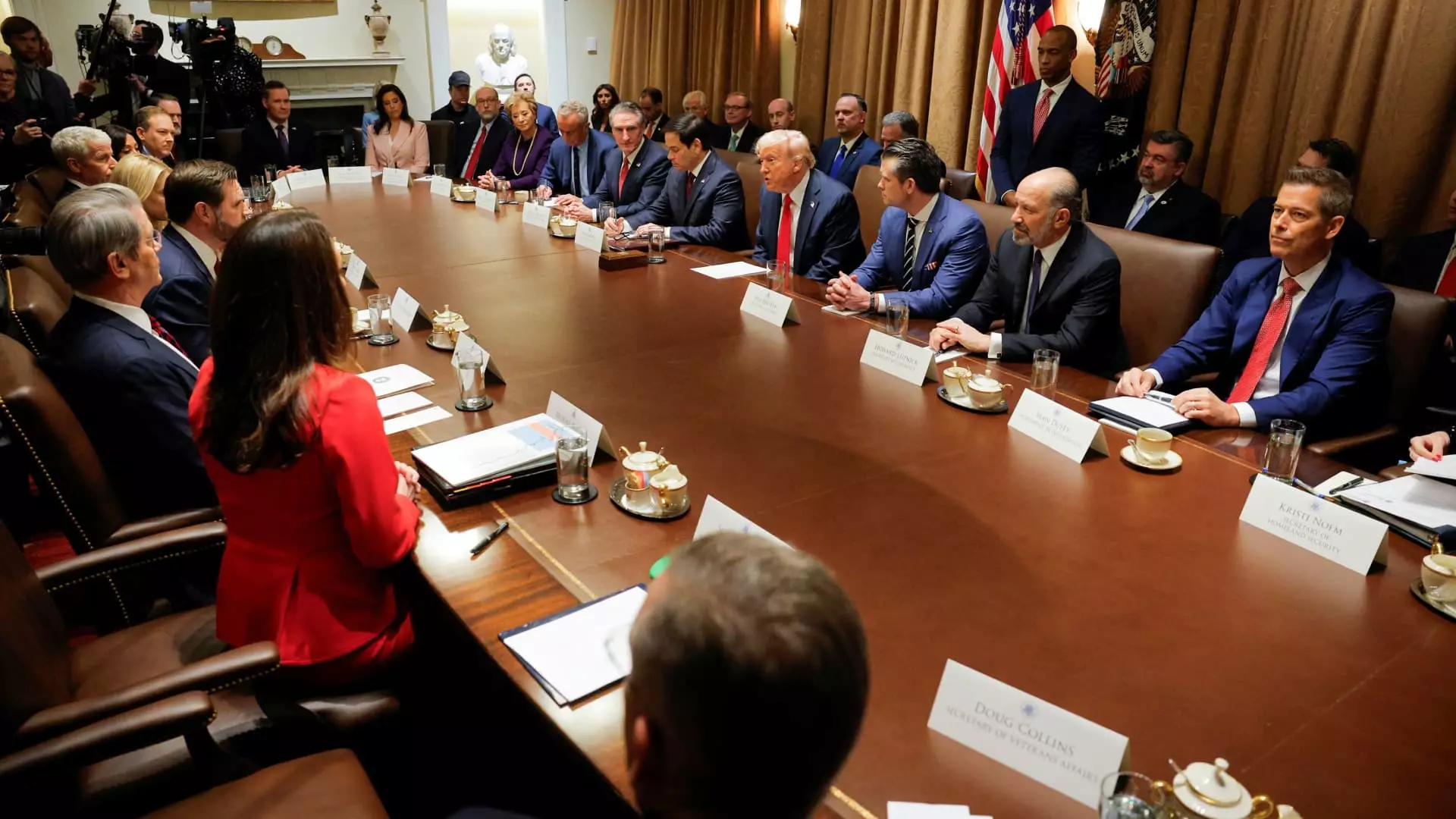The recent announcement of President Donald Trump’s proposed $5 million “gold card” initiative for U.S. residency is sparking significant debate among immigration and tax experts alike. Designed to attract the wealthiest individuals from around the globe, this proposal provides a route to permanent residency, along with eventual citizenship, in exchange for a substantial financial investment. While many may view this as an opportunity for high-net-worth individuals, others are raising concerns regarding equity and the implications of such a program on existing immigration and tax systems.
In the realm of residency programs aimed at affluent individuals, the new gold card initiative stands out due to its substantial monetary requirement. With a $5 million price tag, it would rank among the most expensive residency visas globally. Experts like Dominic Volek, the head of private clients at Henley & Partners, assert that interest in the program is already palpable. Calls from potential clients are flooding in, signaling that wealthy individuals recognize the U.S. as a premier destination for business opportunities and quality of life.
This influx of interest aligns with broader migration trends. According to projections from Henley, approximately 135,000 millionaires are expected to relocate globally by 2025, with the United States frequently leading their list of preferred destinations alongside the United Arab Emirates. Trump’s assertion that the program represents a “bargain” may resonate particularly with prospective applicants, who often see the benefits of U.S. residency as unparalleled.
One of the central aspects of the proposed gold card is its tax structure, which has the potential to create a significant divide between wealthy cardholders and traditional American citizens. Under current tax laws, American citizens and permanent residents pay taxes on both domestic and international income. However, Trump’s proposal extends a unique tax advantage to gold card holders by exempting their overseas earnings from U.S. taxation. This provision may make the gold card particularly alluring for ultra-wealthy individuals with substantial foreign investments, thus attracting those who previously avoided U.S. residency due to tax burdens.
Experts like Laura Foote Reiff, an attorney specializing in business immigration, characterize the proposed tax exemption as a “big departure” from existing standards. This shift could result in dual classes of taxpayers, relegating American citizenship to a less favorable status for financially capable individuals. With many affluent individuals already established in international business environments, the introduction of these tax benefits may create further incentives for them to pursue U.S. residency.
In comparison to existing investment visa programs worldwide, the gold card’s price and structure seem unprecedented. Although the U.S. EB-5 program offers residency for investments starting at $900,000, the revamped gold card is set to redefine the standards. Countries like Singapore and New Zealand have established their own investor programs, requiring even higher financial commitments, but none quite match the distinct approach adopted by the proposed U.S. program.
Given that approximately 100 countries currently offer investment visa options, each with varying criteria and costs, Trump’s gold card may become competitive among the elite. However, critics argue that instead of simplifying the immigration landscape, the new initiative could complicate it further. If enacted, it would replace the EB-5 program, which has already faced scrutiny for issues related to delays, fraud, and over-concentration in particular regions.
While speculation abounds regarding the potential demand for the new gold card, immigration attorneys caution that the anticipated influx may not be as dramatic as proponents suggest. Although Trump has indicated that the program could attract hundreds of thousands of applicants, experts predict that the actual number may be in the thousands. Currently, an estimated 424,000 individuals worldwide possess a net worth of $30 million or more; yet only a nexus of factors—such as professional opportunities and family ties—would influence these individuals to take the plunge.
In fact, last year saw a net inflow of approximately 3,800 millionaires into the United States, demonstrating that while there is interest, it may not translate into the overwhelming demand suggested by the administration. Although industries such as technology may seek to attract talent from international locales, the actual conversion of interest to application may remain limited.
As the proposal for the gold card draws interest and scrutiny, it raises crucial questions about the future of U.S. immigration policy. By targeting the world’s wealthiest individuals, the program seeks to redefine the paradigm of immigration, prioritizing financial capacity over traditional qualifications. However, the implications of such a shift—ranging from the creation of economic inequities to potential strain on existing visa frameworks—are yet to be fully understood. As discussions surrounding the proposal evolve, it will be vital for lawmakers to consider the broader repercussions of establishing a residency system that favors wealth over merit.

